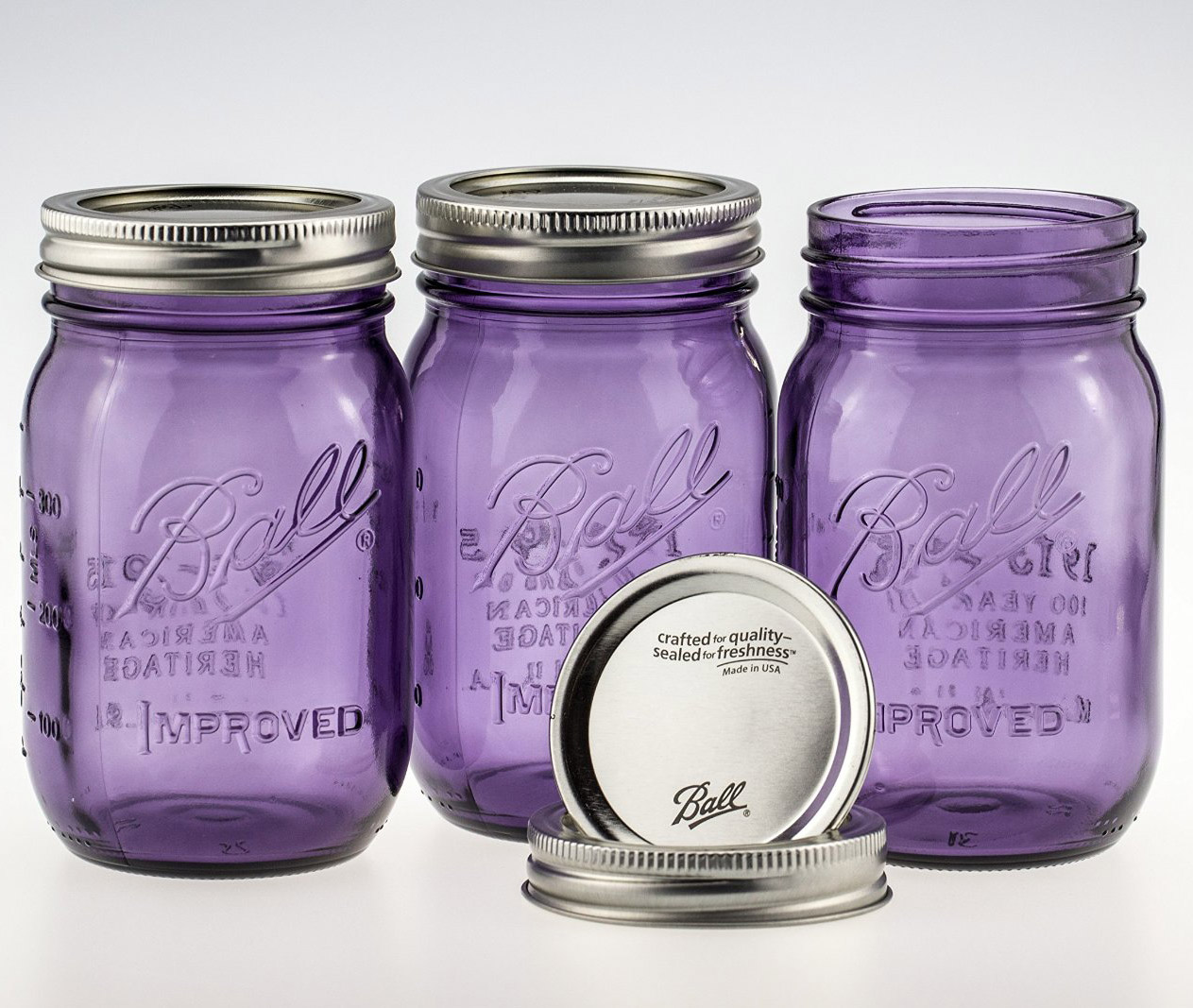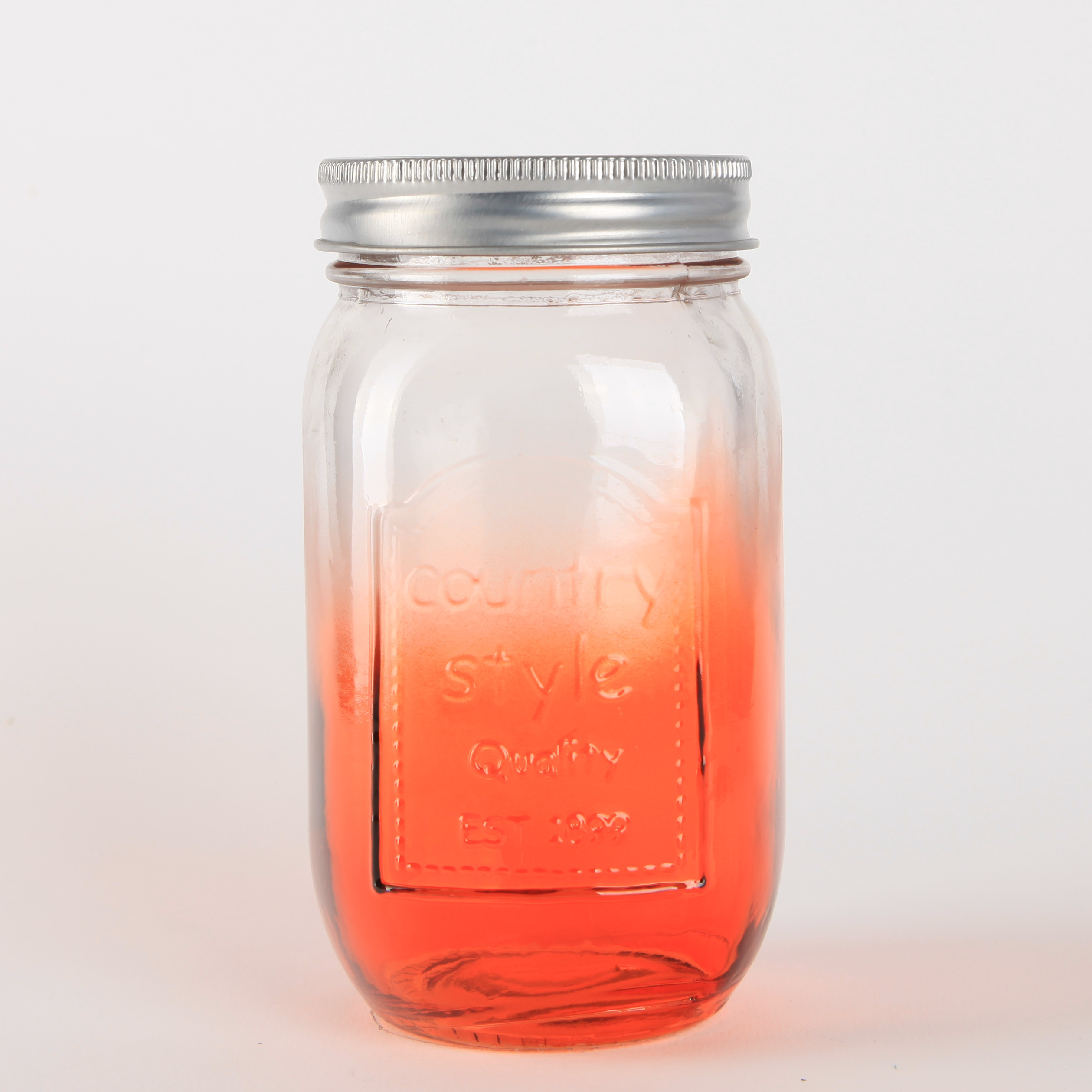Have been going crazy trying to wrap our heads around our problem for the past 2 weeks trying to find the right equipment settings, position our camera and lights for photoshoot. We need to take pictures of glass jars with embossment over a white background so it can be easily swapped for transparent color and turned to .png image.
Our equipment is Canon EOS 5D Mark II and 2 flashes - Raylab Sprint II RTD-400 SS Creative Kit.
Problem is that embossment on the jars is not very sharp itself and thus when we photoshoot it tends to become invisible. We have tried to shoot with the background lighting set up behind our white background and front lighting set at the same time pointing towards the jar on the same level as the camera but get very poor results:
The embossment is being visible and the whole jar seems to be over-exposed or there is some problem with contrast and some problem with how object volume is perceived from the photo. We can't really identify the problem with this photo and tell what is wrong with it so any help with pointing that out is appreciated.
In the contrary we have tried other setting for our photo which is putting our 2 flashes on both sides of the object so it would form 45 degrees with both camera and the object itself looking on the object from the front side. If we got it right it is called accent lightning:
With this setting the embossment visibility is very poor but the overall object perception seems better. However flash create very strong effect on the jar itself which is not very pleasant for the final result as well as we want it to put less accent on the flash showing up on the jar body just enough to show the object shape.
What we are trying to reproduce can be easily depicted by the following picture:

Please suggest us what changes to our light scheme we should make to get as close to the result as possible.
P.s. Please excuse us for probably noob question. Any help is highly appreciated!




